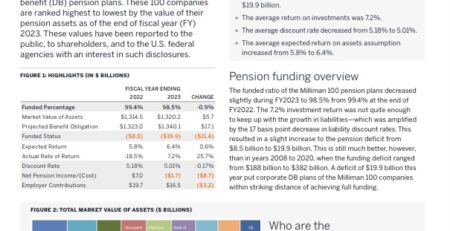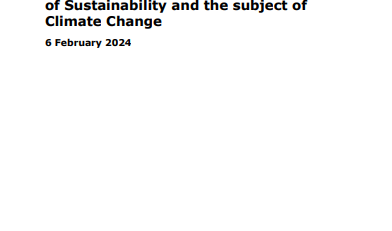Pension Systems and Sustainability: Japan
By United Nations
With 297 trillion yen ($2,854 billion) in assets, the Japanese pension system is the third largest in the world.1 Between public and private providers, some 54% of assets are managed by PRI asset owner signatories, a higher proportion than in Australia, the US and the UK. This report builds on ideas set out in the PRI briefing ‘Sustainable Finance Policy in Japan’, published in October 2020, providing an overview of the Japanese system and its key sustainability challenges. It concludes by making a series of recommendations to policymakers and industry participants. While Japan’s pension system has many advanced features, it has not yet been able to comprehensively reflect sustainability issues throughout the system. In this paper, we highlight three key challenges:
1. The public pensions segment benefits from high asset concentration and strong governance arrangements, and the recently updated Basic Policy for Reserves (BPR) requires funds to take necessary steps to integrate ESG factors into investment activities. Still, how to incorporate these factors is left to the discretion of each fund.
2.Private pensions markets are relatively fragmented in terms of assets – although the number of DB plans is falling significantly. Investment chains are complex, especially for corporate DC plans. Consideration of ESG factors is generally seen as desirable but is not explicitly and systematically required. Financial service providers play an important role and there are governance risks – for example relating to costs borne by members caused by insufficient communication between employers and Pension Management Institutions.
3. While in recent years the leadership of the Government Pension Investment Fund (GPIF) has encouraged asset managers to focus on ESG issues, their approaches often lag those of leading international firms.
Read the report here
535 views










